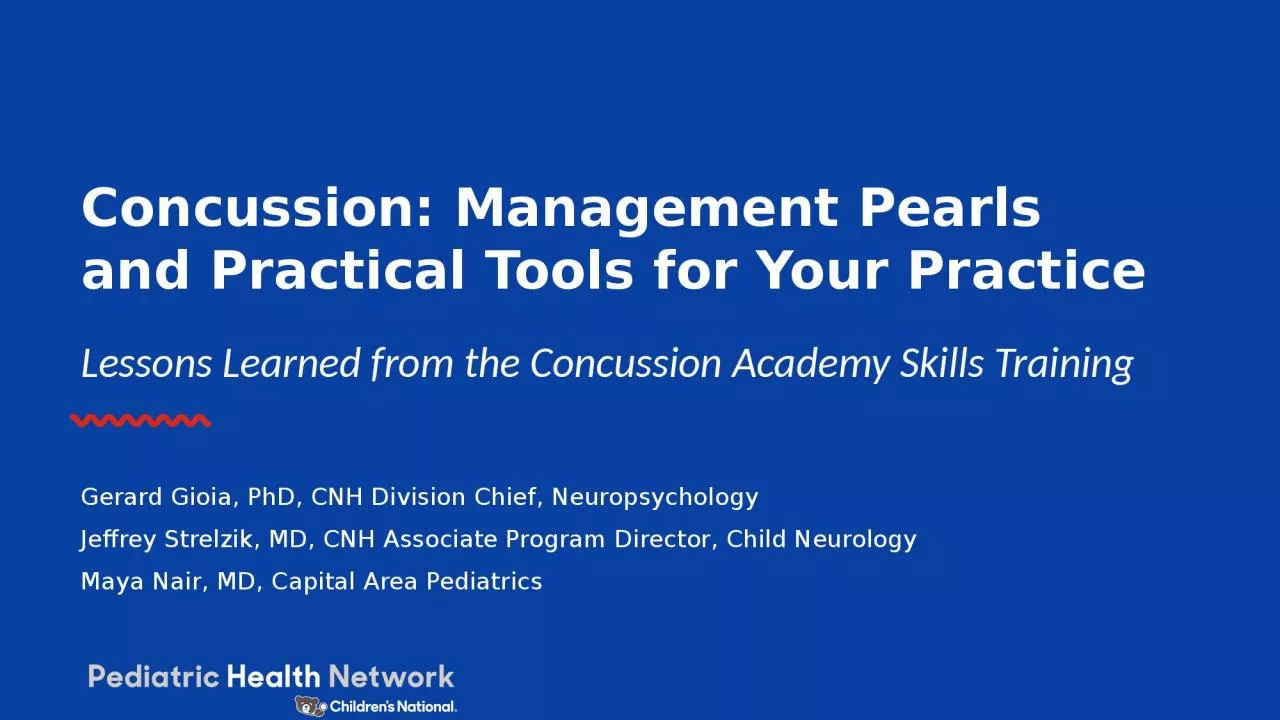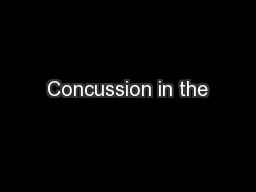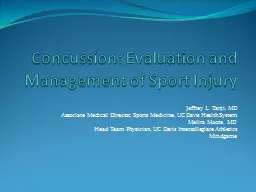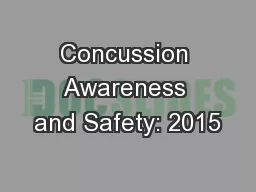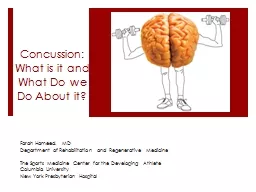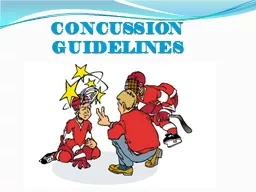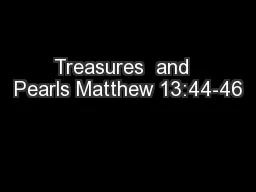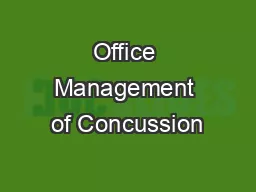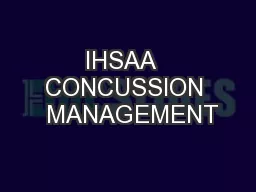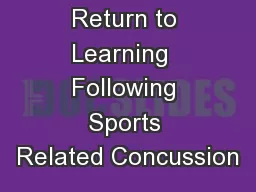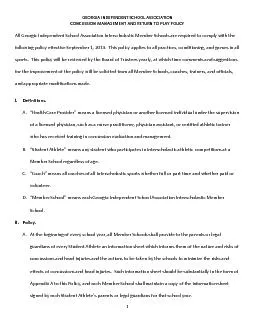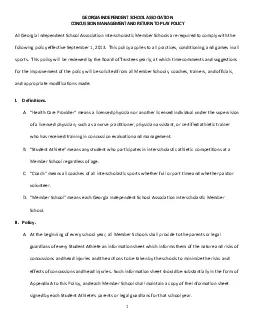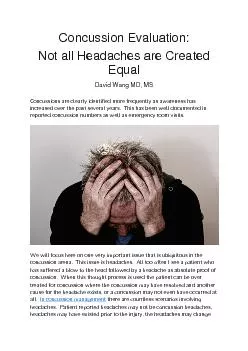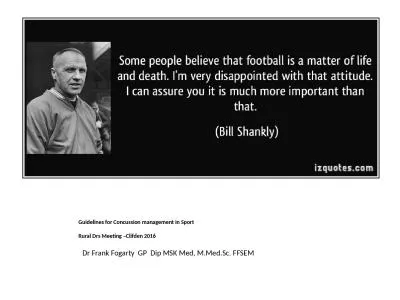PPT-Concussion: Management Pearls and Practical Tools for Your Practice
Author : riley | Published Date : 2024-02-03
Gerard Gioia PhD CNH Division Chief Neuropsychology Jeffrey Strelzik MD CNH Associate Program Director Child Neurology Maya Nair MD Capital Area Pediatrics Lessons
Presentation Embed Code
Download Presentation
Download Presentation The PPT/PDF document "Concussion: Management Pearls and Practi..." is the property of its rightful owner. Permission is granted to download and print the materials on this website for personal, non-commercial use only, and to display it on your personal computer provided you do not modify the materials and that you retain all copyright notices contained in the materials. By downloading content from our website, you accept the terms of this agreement.
Concussion: Management Pearls and Practical Tools for Your Practice: Transcript
Download Rules Of Document
"Concussion: Management Pearls and Practical Tools for Your Practice"The content belongs to its owner. You may download and print it for personal use, without modification, and keep all copyright notices. By downloading, you agree to these terms.
Related Documents

